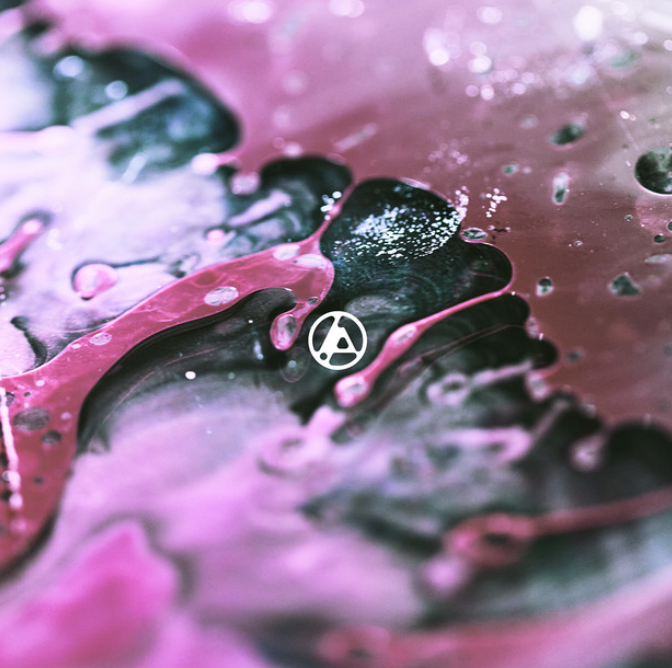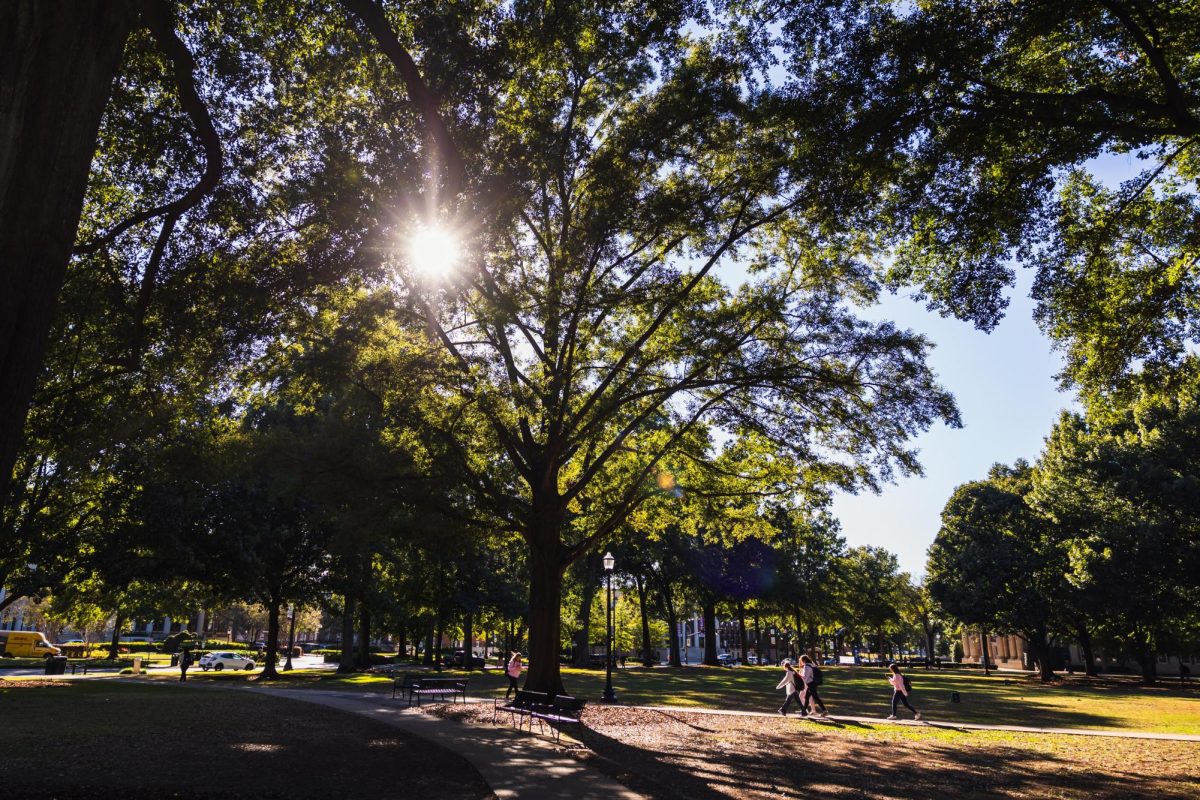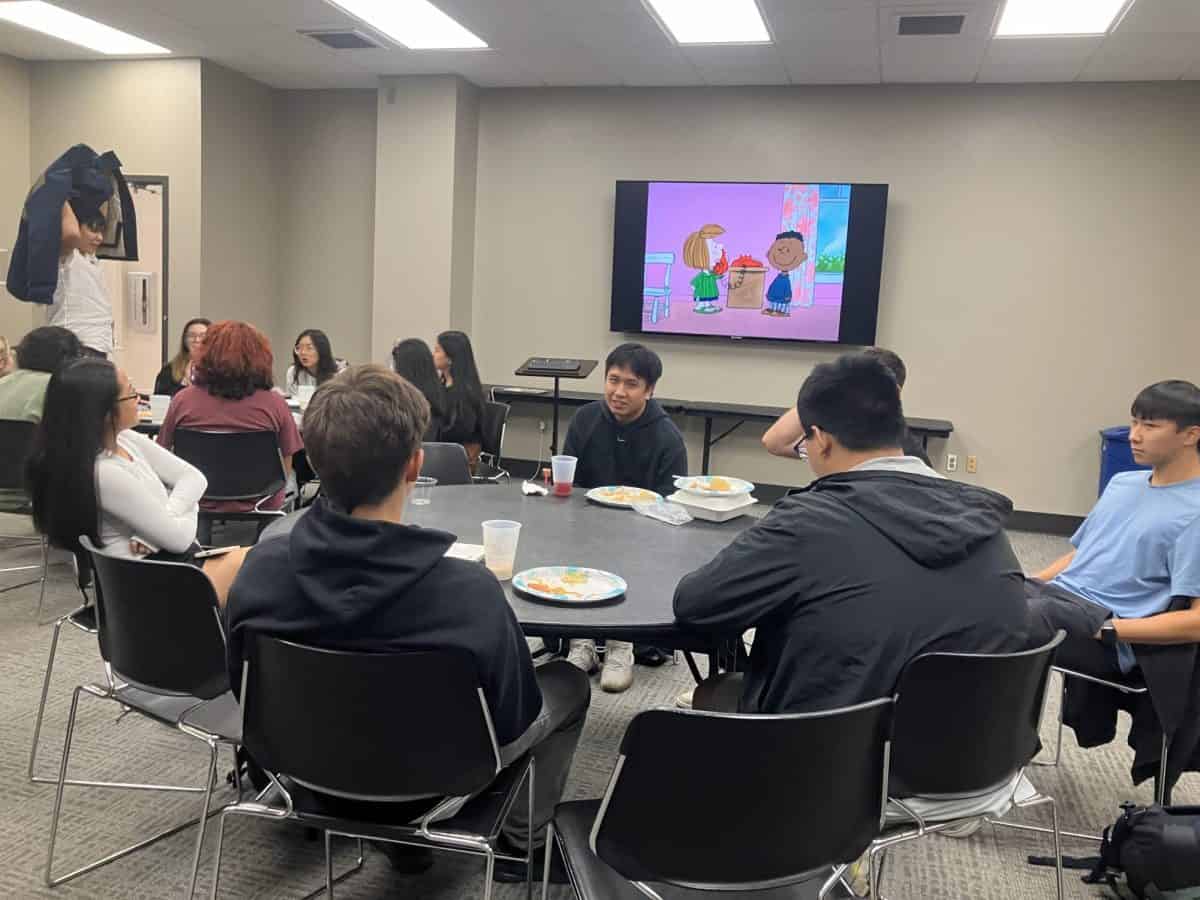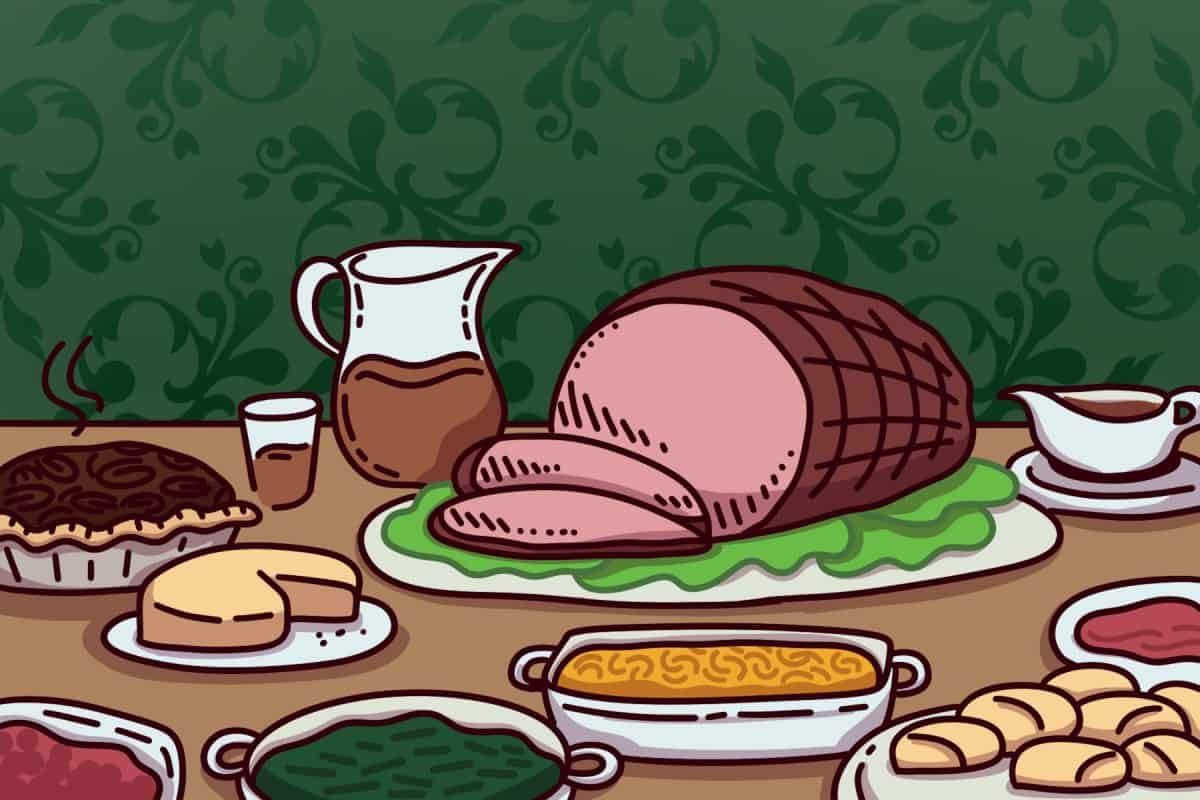It was a day like any other outside the Riverside dormitories until two people crawled from underneath a manhole cover. Looking travel-worn and curious, the two adventurers asked their onlookers what year it was.
Danny Ryan, a junior majoring in telecommunication and film, is not actually a time traveler, but he is used to the strange looks one receives when appearing from under the street. Ryan and his friends have explored many of the rumored tunnel systems underneath the University of Alabama campus, one of many on-campus mysteries.
“The drainage tunnels are a passed-down tradition,” Ryan said. “A friend took me and some others down there and taught me how to navigate around them, so now I can take my friends as well.”
Ryan said the drains, which are actually storm drains and not intended to be accessed, can be entered anywhere there is a manhole or storm drain, and some areas are more accessible than others. Some spots underground serve as time capsules, housing license plates, beer bottles and soda cans from the 1970s.
“It gives you a new perspective on a place that we spend all of our time at,” Ryan said. “We walk around campus every day, but you never get to experience what’s underneath it. You’re under the school in a place that you’re not really supposed to be.”
Above this underground world, on the first floor of Gorgas Library, sits an elevator tucked in a corner. Left of the computers and out of students’ sight, this creaking elevator appears to be just like its more popular counterparts, but it offers two more buttons – lower level and second-lower level. The basement of the Amelia Gayle Gorgas Library is a popular setting for ghost stories, rumors and folklore among students at the University.
(See also “Campus ghost tour reveals haunted history“)
“I don’t know if it’s just paranoia, but it was always really weird going down there by yourself, even if it’s just books,” Brett Reid, a 2013 alumnus and former employee at Gorgas Library, said. “And on the highest floor of the building, there were cats running around.”
If one selects lower level on this special elevator, the door does not open to cats or ghosts but, rather, more books, albeit in dimmer lighting.
“It’s just more books, and the second-lower level is government documents,” Donna Adcock, director of public relations for UA Libraries, said. “I can neither confirm nor deny the ghost rumors, but it’s certainly a quiet place to study.”
While this particular spot may in fact be just another library level, historic artifacts scattered throughout campus carry on legends and stories from the past.
Room 301 of the library houses the A.S. Williams III Americana Collection. In this collection are several of the University’s unknown treasures, including a lottery ticket signed by George Washington and a letter from Jimmy Carter to his sister, apologizing for running over her cat.
(See also “Exhibit captures history of slavery at University“)
“A lot of students come to our building to use the computers and study spaces,” Adcock said. “They just don’t take the time to look and see what else is available.”
Imprints of the University’s less popular moments in history can be found on campus monuments and building names that reflect the ups and downs of Alabamian culture. Nott Hall, home of the Honors College, stands as a beacon for scholarship, but its namesake, Josiah Nott, was known for using his research to justify slavery and classism between races, according to the Encyclopedia of Alabama.
Another namesake rumor suggests that train tracks used to run through B.B. Comer Hall, named for Braxton Bragg Comer, a former Alabama governor known for railroad reform, according to the Encyclopedia of Alabama.
“The train tracks didn’t run through the building property but actually right behind it,” Mary Bess Paluzzi, associate dean for special collections, said. “They removed the tracks when the Ferguson Center was built.”
Across campus from B.B. Comer, only a few steps away from Nott Hall, is the W.S. Hoole Special Collections Library. Behind the glass walls, in a room only accessible to Paluzzi and special collections employees, are noteworthy books and historical finds, including signed and pre-publication copies of “To Kill A Mockingbird” by Alabama author Harper Lee.
Hoole Library also houses the two original capstones from the Rotunda, completed in 1831 at the center of campus, according to the Alabama Heritage website. Other artifacts include signed register of the 1831 inaugural class, transcripts of former students and a trench coat worn in the Pacific in WWII.
“This belongs to Walter B. Jones, who was a state geologist and the namesake of the oil and gas board building next door,” Paluzzi said. “He must have been the most fascinating man, and we get to see and touch his life right here.”
Whether rumors or fact, historical lore buzzes around campus. Paluzzi said the most important function of the University’s hidden gems and traces of the past are not to spark rumors, but rather to educate and illuminate life for students.
“It’s all for the students,” Paluzzi said. “You can sit in a classroom and hear about things that happen here, but it’s so hard to relate to the history until you can actually see it and experience it for yourself.”
(See also “UA Museum of Natural History collections expand“)








